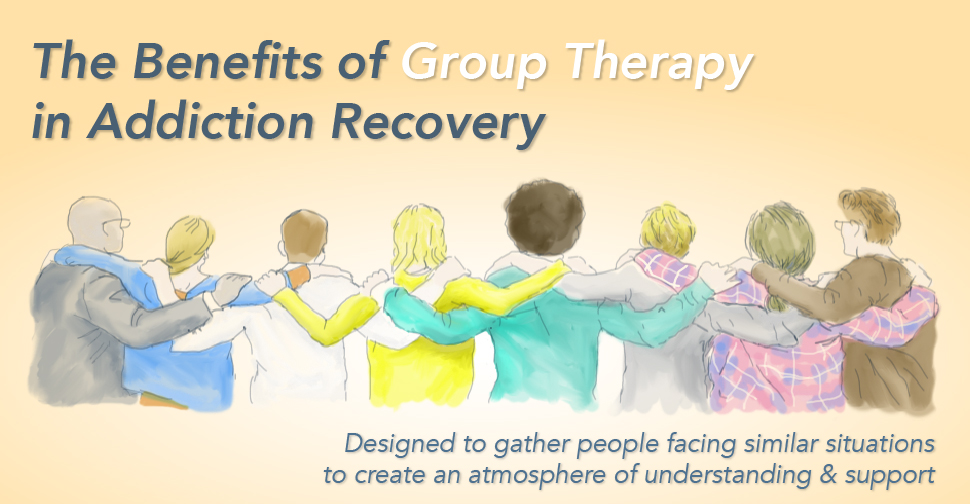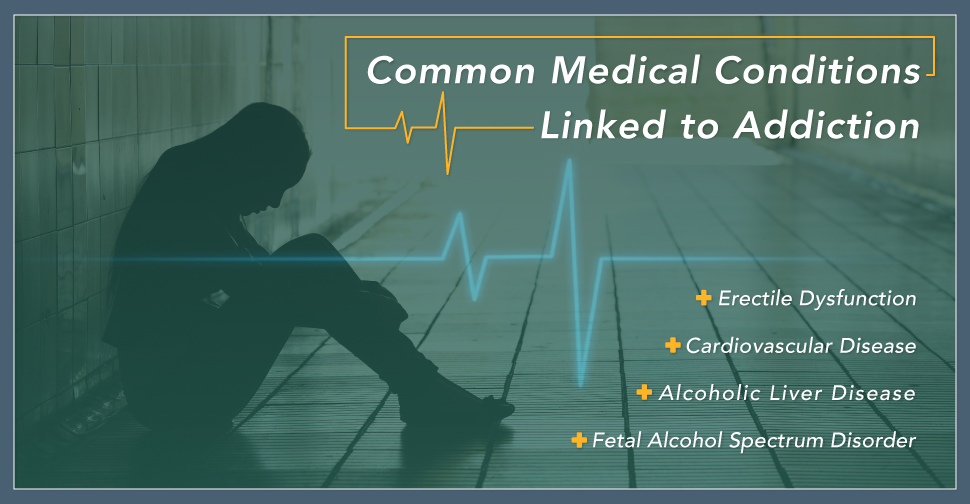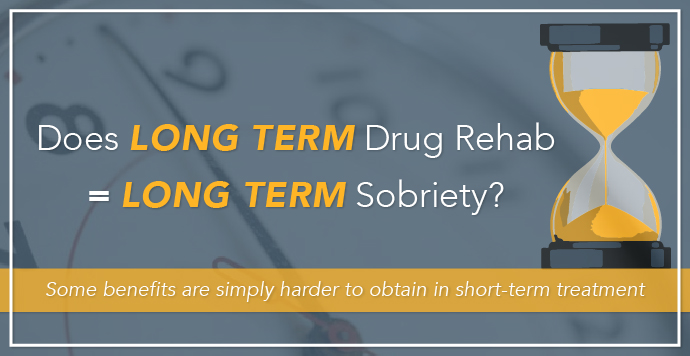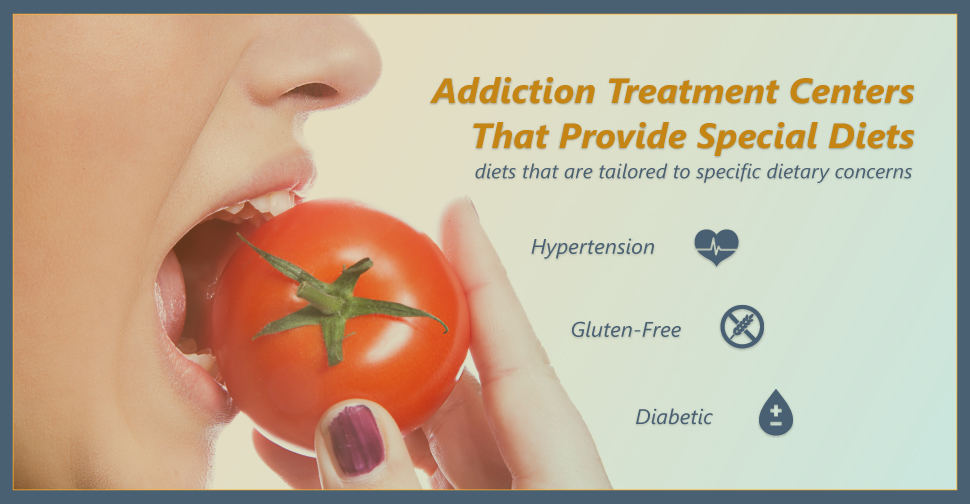
Today there is an increasing awareness and demand for diets that are tailored to specific dietary concerns. This myriad of diets is complex and many people with specialized diets may worry that they can’t continue or fulfill their dietary preferences or restrictions within a treatment facility.
Sadly, many will use this as a reason to avoid the treatment they so desperately need. If you have a special diet and are trying to recover from a drug addiction, you can rejoice! A growing number of facilities are offering a greater diversity of options for their patients in the belief that promoting good health can help them achieve their rehabilitation goals.
How Does Drug Abuse Affect Your Body?
As a person’s substance abuse increases, their health decreases. It is an unfortunate and dangerous situation when those who abuse drugs or alcohol let their health take a backseat to their addiction. Substance abuse assaults the body’s delicate balance and depletes essential nutrients, vitamins, minerals, and chemicals that are essential for optimal wellness. And these imbalances can even increase the risk of various illness and disease!
A publication in Today’s Dietician illustrates this risk: “substance abuse is known to lead to vitamin and mineral deficiencies that threaten physical and mental health, damage vital organs and the nervous system, and decrease immunity.” The following are examples of ways that your body’s health can become depleted due to substance abuse or addiction and a poor diet.
Malnourishment: Substance abusers often place the pursuit of getting high over the necessity of eating or may simply forget to eat. And for those that abuse alcohol, their body is commonly tricked when the empty calories of alcohol create a sense of satiety without receiving any nourishment.
Suppressed Immune System: Substance abuse can be ruinous to a person’s immune system. Usage depletes the essential balance in your body and weakens its ability to heal or protect itself. The body, in desperate need of the vital nutrients and vitamins that aid in fostering a strong immune system, struggles as the key components it needs are often not present.
A Damaged Chemical Equilibrium: Drug or alcohol abuse can slow crucial chemical processes. Some of these have roles in creating and maintaining a sense of well-being. Substance abuse can actually inhibit your body’s ability to assimilate essential compounds from your food and in turn leave your body devoid of the building blocks it needs.
The Importance Of Nutrition During Detox And Recovery
Substance abuse assaults the body on several levels: physically, physiologically, mentally, and emotionally. It is becoming increasingly documented that a successful treatment approaches all of these aspects.
Though not every deficiency or affliction may be supplemented or bolstered by a healthy diet, a good majority of them can be. Medline Plus, through The National Library of Medicine, cites the impact that a proper diet can have on recovery: “proper nutrition may help the healing process. Nutrients supply the body with energy. They provide substances to build and maintain healthy organs and fight off infection.”
Nutrition affects not only the physical and physiological aspects of health, but also nourishes our bodies in a manner that allows for the other aspects to become balanced. A variety of components are critical for mental functioning, including: the B-vitamins; omega-3 essential fatty acids; antioxidants; and Vitamins E and D.
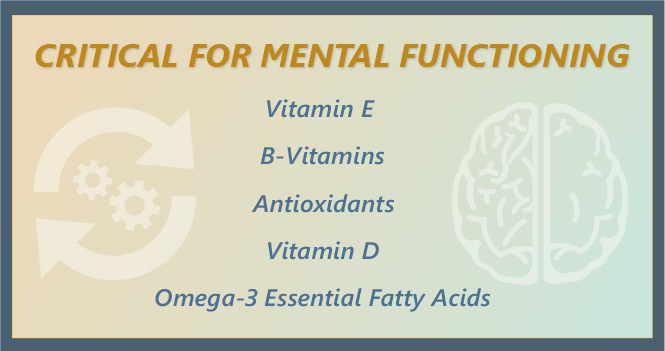 If a person has good physical and mental health, they are more apt to have a positive emotional state. All of these things can help strengthen and prepare a person as they strive for sobriety.
If a person has good physical and mental health, they are more apt to have a positive emotional state. All of these things can help strengthen and prepare a person as they strive for sobriety.
What Foods Or Nutrients Should I Be Mindful Of Incorporating Into My Diet?
The National Institute of Health recommends a person within recovery eat on a regular basis—roughly every three hours—and consume a diet low in fat. People should also consume foods that are high in fresh produce, fiber, complex carbohydrates, and protein.
During detox, individuals should strive to stay away from exceptionally salty foods, sugar, and caffeine. Excess salt can disrupt a body’s electrolytes and stress the kidneys and liver, two organs that are often already taxed by an addiction. It can also raise blood pressure with hypotension often a side effect of certain substance abuse.
The latter two conditions can cause mood swings which can further exacerbate conditions caused by substance abuse and withdrawal. Research suggests that for those struggling with an alcohol addiction, these may actually stimulate a desire to consume alcohol.
There are certain key elements that derive themselves from our food that can greatly aid an individual during deto. These include, but are not limited to: tryptophan; omega-3’s; vitamins A, the B’s, C, E, and D; calcium; magnesium; potassium; and zinc.
There are certain foods that boost these key nutrients, and unless a specific dietary restriction or food allergy prevents you from doing so, you should try to incorporate them into your diet. These foods include:
High-fiber foods: Focus heavily on complex carbohydrates, including beans, peas, whole grains, and vegetables. These can aid in the constipation that commonly accompanies opioid abuse. Beans also stabilize glucose and blood sugar levels which can be especially helpful for those contending with an alcohol abuse problem.
Nuts and seeds. These are both good sources of vitamin E and omega-3 fatty acids which help aid and protect against cognitive decline and inflammation.
Antioxidant rich items such as pomegranate fruit or juice, dark grapes, berries, nuts, dark green vegetables, sweet potatoes and orange vegetables;. Whole grains and fresh-brewed tea (decaf may be preferable during detox) should also be consumed
According to Medline Plus “antioxidants are man-made or natural substances that may prevent or delay some types of cell damage.” They also help fight malnutrition and reinforce your immune system:
Electrolyte-Balancing foods or drinks are very important to recovery, as the damage inflicted by drug or alcohol abuse often depletes these. The most common of these include sodium, potassium and magnesium. These can all fortunately be supplemented through your diet. Sports drinks can help but keep in mind they are often high in sugars. Other options include: peanuts, raisins, soybeans, orange juice, coconut water, bananas, potatoes, spinach, tomato products, beans, pumpkin seeds, turkey, and fish.
Omega-3 heavy foods include: wild salmon, beef, soybeans, tofu, certain nuts and seeds all provide this important fatty acid. These help protect your brain while also providing anti-inflammatory benefits.
Vitamin D rich foods, such as: certain fatty fish, including tuna, salmon, and mackerel. Other fortified foods include orange juice, soy milk, cereals, and some dairy products: cheese, beef liver, and egg yolks. Please keep in mind that some of these foods may be high in fat or cholesterol, two things that need to be consumed in moderation. This is especially true for those that may have a preexisting condition.
B Vitamin Boosting Foods. Drug and alcohol use can cause deficiencies of pyridoxine (vitamin B6), thiamine, and folic acid. This can put people at risk for anemia and certain neurological problems. Foods high in this include fish, lean beef, poultry, starchy vegetables, nuts, lentils, dark leafy greens, whole grains, yogurt, beans and some fruits (excluding citrus).
As you can see, a wide variety of foods address not just one concern but several! Balanced nutrition can create and maintain the wellness that is crucial during treatment and can aid in healing, detoxing, and building a more stable nutritive foundation for their recovery. Research illustrates that relapse is far more common for those that do not maintain healthy eating habits.
Do Rehabs Cater To Specific Dietary Restrictions Or Preferences?
The availability of rehabilitation facilities that meet specific dietary needs is growing every day. Whether it is due to a food allergy, dietary preference, or religious concerns, there is a good chance there is a rehab that can provide a diet-plan specific to your needs or a plan that can also address the concerns of your substance abuse problem.
Many people may have a coexisting illness or disease. Whether these occur from the substance abuse or existed prior, it is crucial that these be addressed concurrently within treatment to provide the maximum opportunity to find balance and an optimal state of health. For these reasons, it can be exceedingly important that an individual choose a facility that understands and addresses these concerns.
Today, facilities employ well-trained staffs, including nutritionists, that are familiar and well-versed in a variety of dietary preferences and cooking methods. Some even employ specially trained chefs. Here is a list of specific dietary needs and practices that you may find offered:
 Celiac or Gluten-free. Whether a person has a known genetic predisposition that causes a serious harmful reaction to gluten or they simply strive to eliminate it from their diet, a gluten-free diet must be carefully prepared. A person needs a specific knowledge of this subject, as gluten can be hidden in a wide variety of foods.
Celiac or Gluten-free. Whether a person has a known genetic predisposition that causes a serious harmful reaction to gluten or they simply strive to eliminate it from their diet, a gluten-free diet must be carefully prepared. A person needs a specific knowledge of this subject, as gluten can be hidden in a wide variety of foods.
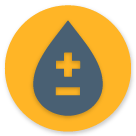 Diabetic. Diabetics need to consume a diet that is carefully regulated to ensure that their glucose and insulin levels remain within the healthy range. Some addictions, including alcohol, can actually raise a person’s risk of developing diabetes or exacerbate the existing disease. Consuming a diet that acknowledges this risk is crucial to their health.
Diabetic. Diabetics need to consume a diet that is carefully regulated to ensure that their glucose and insulin levels remain within the healthy range. Some addictions, including alcohol, can actually raise a person’s risk of developing diabetes or exacerbate the existing disease. Consuming a diet that acknowledges this risk is crucial to their health.
 Hypertension, or high-blood pressure, puts an individual at risk for very serious diseases, including: stroke; aneurysm; heart attack or failure; impaired mental capacities; and metabolic syndrome. What is even more worrisome, is that a good majority of substance abuse disorders can cause this including alcohol and some drugs. For that reason, individuals with this condition must be mindful of eating in a healthy manner.
Hypertension, or high-blood pressure, puts an individual at risk for very serious diseases, including: stroke; aneurysm; heart attack or failure; impaired mental capacities; and metabolic syndrome. What is even more worrisome, is that a good majority of substance abuse disorders can cause this including alcohol and some drugs. For that reason, individuals with this condition must be mindful of eating in a healthy manner.
The Dietary Approaches to Stop Hypertension or DASH diet, can be a useful tool. Recent studies show that a person may reduce their blood pressure in only two weeks by following this diet. Keep in mind, these results do not reflect the additional aggravation and effect that drugs or alcohol have on a person’s blood pressure. This diet encourages people to consume more whole-grains, fruits, vegetables, nuts, fish, poultry, and low-fat dairy foods, while avoiding excessive amounts of red meats, or sodium and sugar laden foods and beverages.
Vegetarian and Vegan. The primary difference between these two diets is that a vegan diet strictly prohibits consuming any animal-based foods, whereas a vegetarian may consume eggs, cheese, or other dairy products. With both, a person needs to be conscientious about getting enough protein and certain nutrients. A program needs to be aware of these restrictions and how to properly serve them so a patient does not become malnourished.
Raw. Some people may only engage this diet for the purpose of detoxing, while others habitually eat raw. Either way, it is important that both the individual and food provider be aware of how to create balanced meals that deliver all the necessary vitamins and nutrients to an individual.
Juice-Cleanse. This is something that is not recommended for an everyday diet. Instead, people may seek to use this approach to aid in the detoxification process. This should only be engaged with proper understanding and knowledge, as detoxing from drugs or alcohol place excessive tolls on your body. As a result, you need to be careful to avoid depriving your body of anything crucial.
Paleo. Though a relatively newer trend in the dietary realm, this diet is based on ancient principles. It has been gaining in popularity and for that reason it is becoming more common to see this offered at rehabilitation facilities.
Food-Allergy Or Intolerance Conscious. There are a wide variety of food allergies, or intolerances including, but not limited to: gluten, wheat, dairy, soy, peanuts, tree nuts, eggs, fish, and shellfish. This can be a serious concern and in the worst case scenario a person can end up in the ER, with a risk of death if they consume something to which they are highly allergic. An allergy or intolerance can also manifest itself in other illness or by inhibiting the body’s ability to process food or nutrients.
Organic. Drugs and alcohol are, by nature, toxic to your body. This toxicity increases when a person abuses them or becomes addicted. Organic foods are, in theory, free from toxins due to the method in which they are grown—without conventional pesticides, fertilizers, or GMO seed stock. Due to these methods, there may also be higher quantities of nutrients.
Proponents of this lifestyle feel that you are giving your body a greater platform by which to heal. The British Journal of Nutrition recently published an analysis that reported data from 343 studies that stated that organic foods contain between 20 and 40 percent greater antioxidants.
 Farm-To-Table. This movement revolves around the concept of eating locally. Though often organic, these foods do not necessarily have to be so. Supermarket purchased and conventionally grown food—and even organics—have a discrepancy of nutrients because of the time lapse between when the produce is harvested to when it arrives at your table. So in theory, locally grown food is more nutritious. This methodology also applies to meat and seafood.
Farm-To-Table. This movement revolves around the concept of eating locally. Though often organic, these foods do not necessarily have to be so. Supermarket purchased and conventionally grown food—and even organics—have a discrepancy of nutrients because of the time lapse between when the produce is harvested to when it arrives at your table. So in theory, locally grown food is more nutritious. This methodology also applies to meat and seafood.
 Kosher, or any other diet revolving around a religious doctrine. Some faiths require strict adherence to a dietary regimen. If a person has to negate these important personal and religious beliefs, it could be very detrimental to their overall health and recovery. For that reason many facilities are willing to serve food that honors these traditions.
Kosher, or any other diet revolving around a religious doctrine. Some faiths require strict adherence to a dietary regimen. If a person has to negate these important personal and religious beliefs, it could be very detrimental to their overall health and recovery. For that reason many facilities are willing to serve food that honors these traditions.
Some facilities even offer on-site gardens, cooking classes, 24-kitchens, and excursions to local markets—all in the hope to encourage individuals to have a more hands-on and integrated commitment to their diet and wellness.
Seek Help and Begin Balancing Yourself Today
 Don’t let the demands of a specific dietary needs or a lifestyle choice deter you from seeking the care you need. If you find yourself with more questions about the role of diet and nutrition in recovery or about seeking care and treatment, please reach out to us at DrugRehab.org today.
Don’t let the demands of a specific dietary needs or a lifestyle choice deter you from seeking the care you need. If you find yourself with more questions about the role of diet and nutrition in recovery or about seeking care and treatment, please reach out to us at DrugRehab.org today.
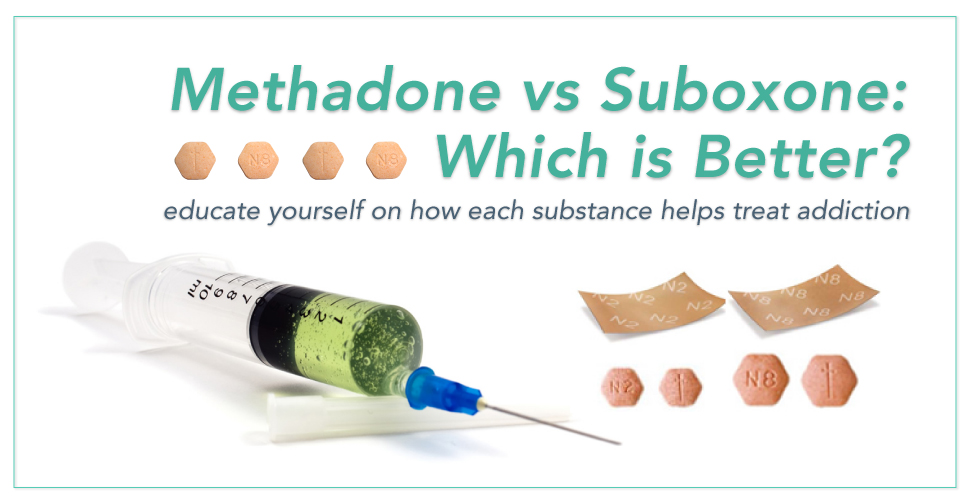
 Whichever method you choose, you can be rest assured that both can help you wean off of opiates in a safe and productive manner. However, it’s difficult to manage these methods on your own, which makes attending a rehab center so important. Please contact us at DrugRehab.org if you or someone you love needs help recovering from opiate addiction. It’ll be the best decision you’ve ever made.
Whichever method you choose, you can be rest assured that both can help you wean off of opiates in a safe and productive manner. However, it’s difficult to manage these methods on your own, which makes attending a rehab center so important. Please contact us at DrugRehab.org if you or someone you love needs help recovering from opiate addiction. It’ll be the best decision you’ve ever made.
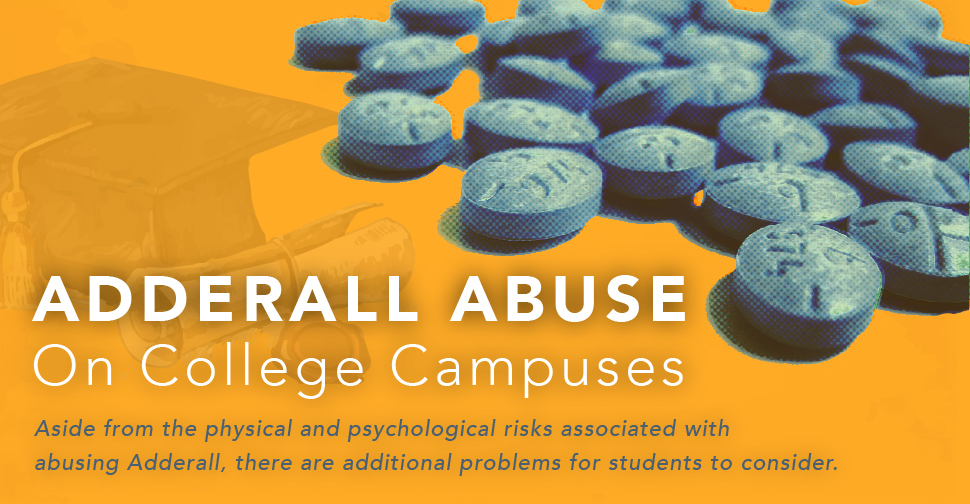
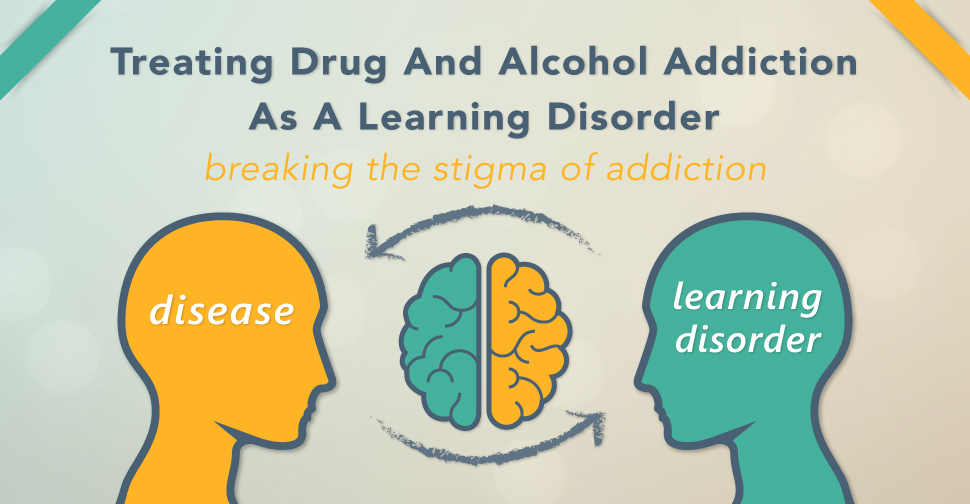

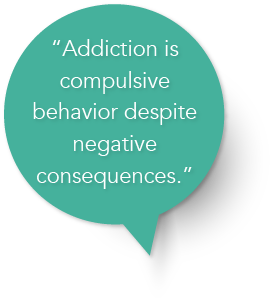 Szalavitz suggests that defining
Szalavitz suggests that defining 
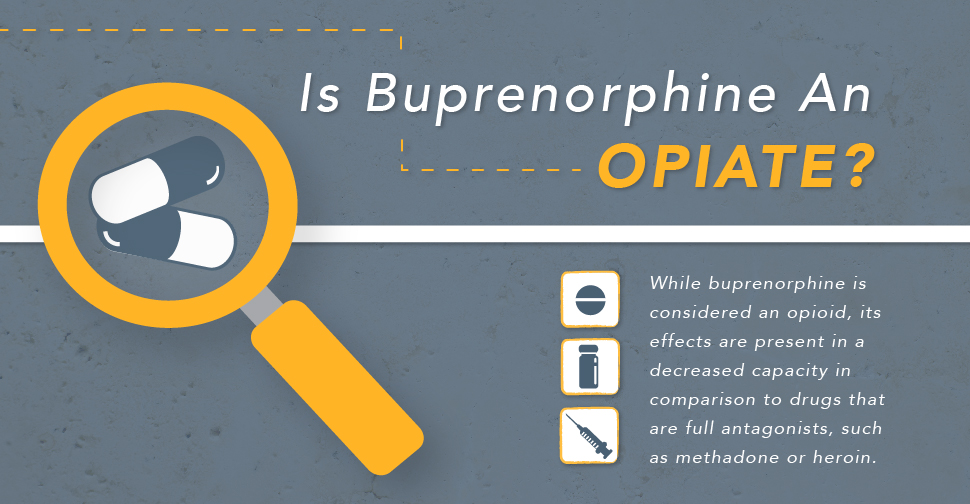
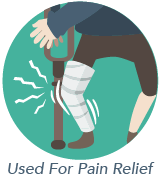
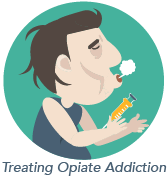 For Treatment Of Opiate Addiction: For those that suffer from opiate dependence, this drug is used as a part of medication-assisted treatment (MAT) or therapy to help people taper off opiates. Buprenorphine binds to and occupies the same opioid receptors as the abused drug, creating the same effects. It is for this reason that cravings are reduced. Like any opiate, buprenorphine works on the Central Nervous System, but in this case it causes decreased withdrawal symptoms.
For Treatment Of Opiate Addiction: For those that suffer from opiate dependence, this drug is used as a part of medication-assisted treatment (MAT) or therapy to help people taper off opiates. Buprenorphine binds to and occupies the same opioid receptors as the abused drug, creating the same effects. It is for this reason that cravings are reduced. Like any opiate, buprenorphine works on the Central Nervous System, but in this case it causes decreased withdrawal symptoms.
 Reading through that process makes it sound like it’s a walk in the park. Know that it is not and that it is going to take a lot of courage on your part. You are not only admitting that you have a problem, but that you need help solving it. This is a difficult moment for anyone to take and it will require all your strength to do.
Reading through that process makes it sound like it’s a walk in the park. Know that it is not and that it is going to take a lot of courage on your part. You are not only admitting that you have a problem, but that you need help solving it. This is a difficult moment for anyone to take and it will require all your strength to do.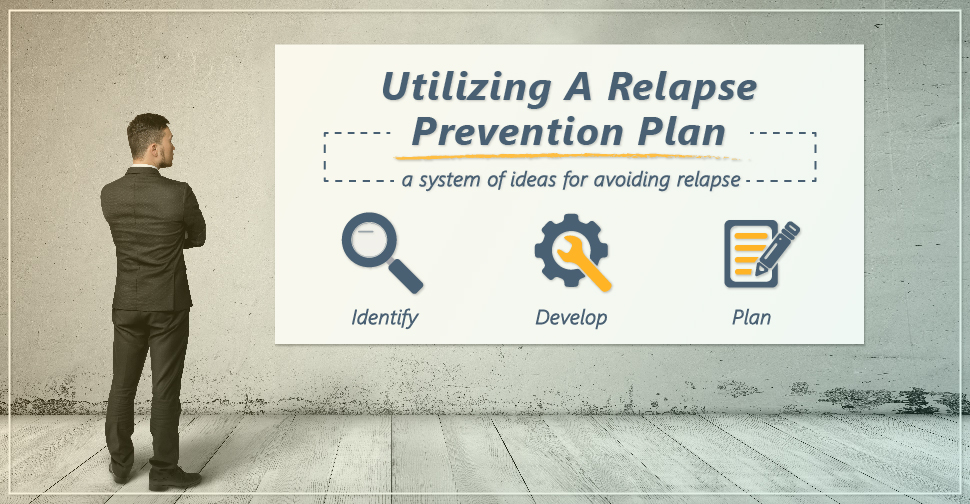
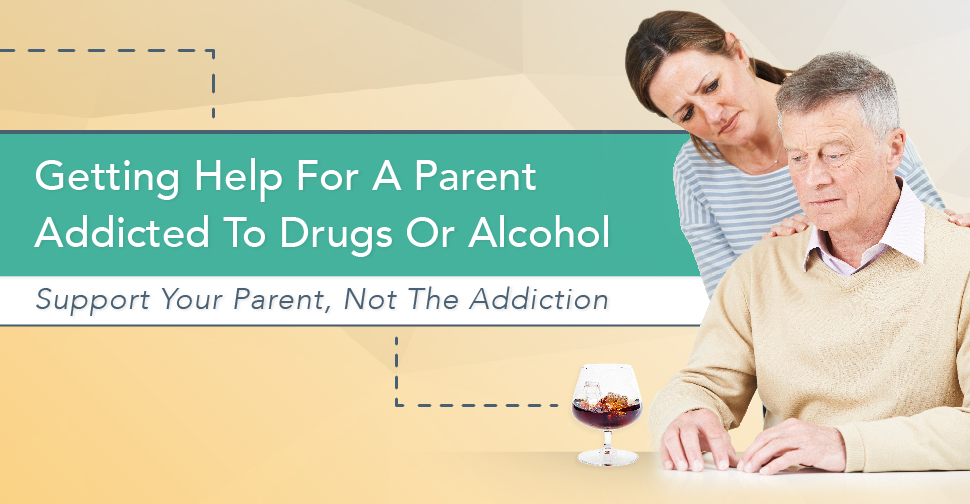

 If a person has good physical and mental health, they are more apt to have a positive emotional state. All of these things can help strengthen and prepare a person as they strive for sobriety.
If a person has good physical and mental health, they are more apt to have a positive emotional state. All of these things can help strengthen and prepare a person as they strive for sobriety. Celiac or Gluten-free. Whether a person has a known genetic predisposition that causes a serious harmful reaction to gluten or they simply strive to eliminate it from their diet, a gluten-free diet must be carefully prepared. A person needs a specific knowledge of this subject, as gluten can be hidden in a wide variety of foods.
Celiac or Gluten-free. Whether a person has a known genetic predisposition that causes a serious harmful reaction to gluten or they simply strive to eliminate it from their diet, a gluten-free diet must be carefully prepared. A person needs a specific knowledge of this subject, as gluten can be hidden in a wide variety of foods. Diabetic. Diabetics need to consume a diet that is carefully regulated to ensure that their glucose and insulin levels remain within the healthy range. Some addictions, including alcohol, can actually raise a person’s risk of developing diabetes or exacerbate the existing disease. Consuming a diet that acknowledges this risk is crucial to their health.
Diabetic. Diabetics need to consume a diet that is carefully regulated to ensure that their glucose and insulin levels remain within the healthy range. Some addictions, including alcohol, can actually raise a person’s risk of developing diabetes or exacerbate the existing disease. Consuming a diet that acknowledges this risk is crucial to their health. Hypertension, or
Hypertension, or  Farm-To-Table. This movement revolves around the concept of eating locally. Though often organic, these foods do not necessarily have to be so. Supermarket purchased and conventionally grown food—and even organics—have a discrepancy of nutrients because of the time lapse between when the produce is harvested to when it arrives at your table. So in theory, locally grown food is more nutritious. This methodology also applies to meat and seafood.
Farm-To-Table. This movement revolves around the concept of eating locally. Though often organic, these foods do not necessarily have to be so. Supermarket purchased and conventionally grown food—and even organics—have a discrepancy of nutrients because of the time lapse between when the produce is harvested to when it arrives at your table. So in theory, locally grown food is more nutritious. This methodology also applies to meat and seafood. Kosher, or any other diet revolving around a religious doctrine. Some faiths require strict adherence to a dietary regimen. If a person has to negate these important personal and religious beliefs, it could be very detrimental to their overall health and recovery. For that reason many facilities are willing to serve food that honors these traditions.
Kosher, or any other diet revolving around a religious doctrine. Some faiths require strict adherence to a dietary regimen. If a person has to negate these important personal and religious beliefs, it could be very detrimental to their overall health and recovery. For that reason many facilities are willing to serve food that honors these traditions.


